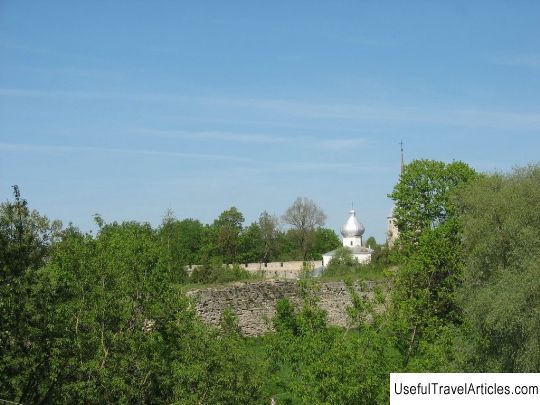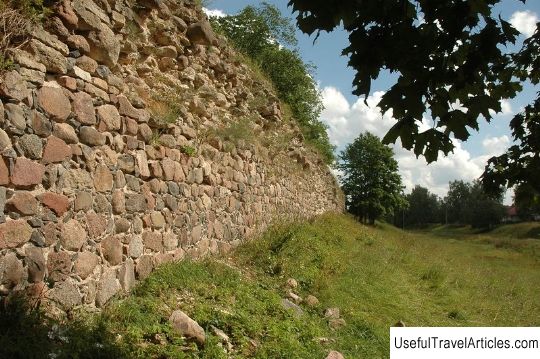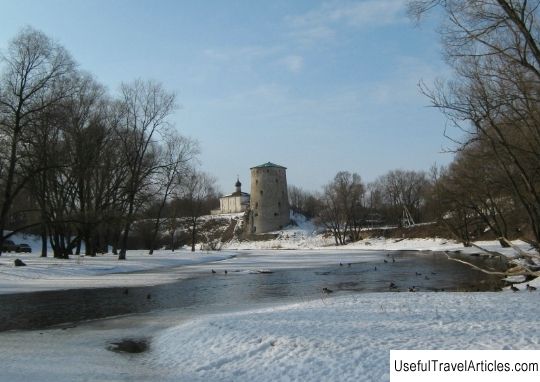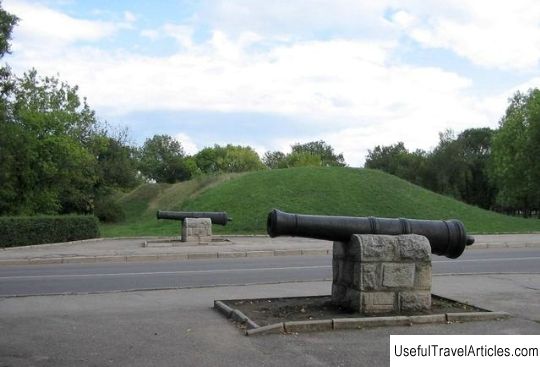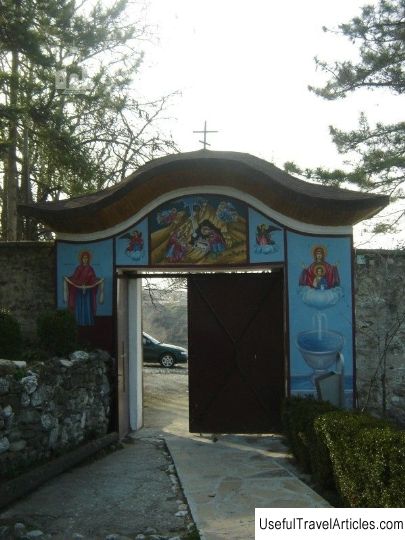Porkhovskaya fortress description and photo - Russia - North-West: Pskov region
Rating: 7,8/10 (1012 votes) 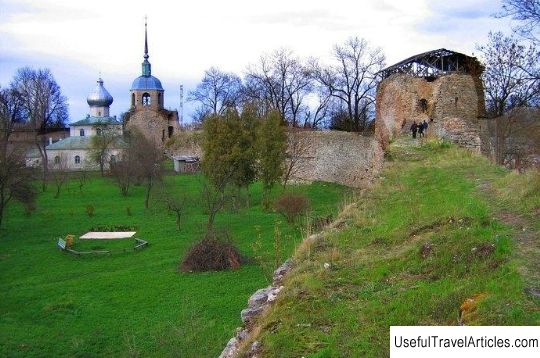
Porkhovskaya fortress description and photos - Russia - North-West: Pskov region. Detailed information about the attraction. Description, photos and a map showing the nearest significant objects. Photo and descriptionThis fortification was first mentioned in the chronicle since 1239. The Porkhovskaya fortress was erected by Prince Alexander (the future Grand Duke Alexander Nevsky), among other defensive structures along the Sheloni River, which were called "gorodtsy". These were timber and earth fortifications. Now the remains of such a fortress in Porkhov are called the "old settlement". These fortifications consisted of two rows of ramparts and ditches and were located on a high promontory, on the right bank of the Shelon. The highest of the ramparts reached a height of more than four meters. In 1346, Lithuanian troops besieged the fortress, but could not take it. Its defenders paid a ransom of 300 rubles, and the Lithuanians retreated. In 1387 it was decided to strengthen the fortress in Porkhov, in view of the increasing military danger. A little over one kilometer from the wooden walls, new stone walls and four towers were built. The new walls were about two meters wide and about seven meters high. The towers reached 17 meters. The remains of this fortress have survived to our time. In 1428, Lithuanian troops again tried to take the fortress. This time artillery weapons were used. The walls were badly damaged. Despite the fact that the second attempt of the Lithuanians was as unsuccessful as the first, the walls had to be reinforced again. Their thickness in some areas was increased to 4.5 meters. A lattice was installed under the Nikolskaya tower, which, if necessary, was lowered and raised. The work was carried out in 1430. This fortress has survived to this day without significant changes. The names of the builders have also come down to our time - Ivan Fedorovich and Fatyan Esifovich. But some experts are of the opinion that, perhaps, these are not the names of the architects who built the fortress, but those who supervised the construction work. The fortress had an advantageous strategic location. From the south and west, it was protected by the waters of Sheloni. From the north, in the lowland, a swamp adjoined it, which in summer became impassable. A deep moat was dug from the east, which also protected the fortress from invaders. However, after the conquest of Novgorod and Pskov by Moscow, the fortress no longer had such a strategic importance, since the country's borders moved to the north. Therefore, there were no new attacks on it. This fortress, like most of such structures of the late 14th - early 15th centuries, was protected by towers only on the front side of the fortress. They are not on the side where the river was. There are 4 towers in total in the fortress. Each has its own name: Nikolskaya, Sredny, Pskov and Malaya. Each of them was located on its side and protected its own section of the fortification. Each tower had its own loopholes, but without a combat chamber, as in similar later buildings. The loopholes were narrow and rectangular. The entrances to the towers were carefully protected. There were crosses on the walls and towers. They were made of stone and were supposed to raise the morale of the warriors to defend their faith. In 1412, the Church of St. Nicholas the Wonderworker was built near the entrance to the fortress. In 1777 the church was restored. During the Second World War, it was not closed; services were regularly held here. However, in 1961 the temple was closed. At the present time, it was reopened and services resumed. Today the territory of the fortress houses a museum of local lore and a botanical garden. The fortress itself is an architectural monument, which is partially accessible for inspection. Now its territory is located on both banks of Shelon. Outside the fortress wall on the other bank there are two churches: the Transfiguration of the Savior and the Nativity of the Virgin.         We also recommend reading Natural History Museum (Haus der Natur) description and photos - Austria: Salzburg (city) Topic: Porkhovskaya fortress description and photo - Russia - North-West: Pskov region. |
